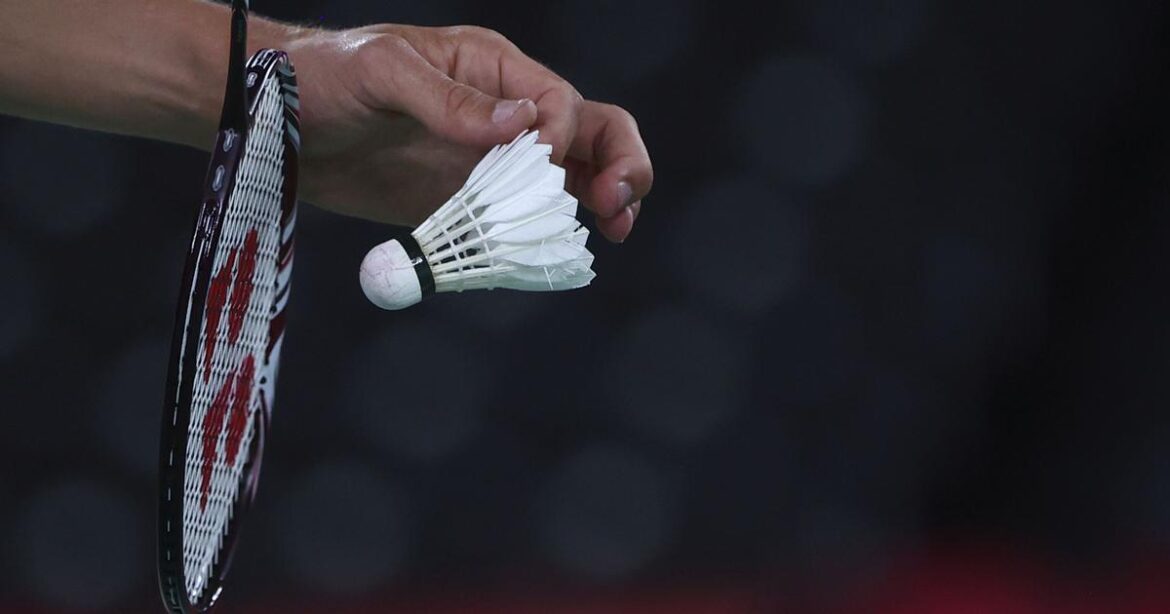How to serve in badminton? The service of the shuttlecock is the starting point of any badminton match. Most of the world’s top professionals prefer a short backhand serve to start a match. Or, it could even be a high-toss serve.
Someone like Olympic silver medallist PV Sindhu prefers to go along with her forehand serves, pushing her opponent to the baseline and then stretching the play. A serve from left-handers like Olympic champion Carolina Marin or men’s world No. 1 Kento Momota brings with it its own set of challenges, depending on the angle at which the shuttlecock arrives.
In badminton, a serve may not be as decisive as in lawn tennis, for example. This is due to the fact that the ball’s speed and accuracy are crucial for winning. However, it nevertheless forms an imperative part of a shuttler’s gameplay. Let’s look at the badminton service rules laid down by the Badminton World Federation (BWF).
A player makes a correct service when they hit the shuttlecock with their racket over the net to their opponent’s side without getting the shuttle stuck in the net or going outside the badminton court’s boundaries with some of their feet on the court. If the server’s shuttle touches the net or goes out of bounds, the receiving team/player wins the point.
As soon as the shuttle is touched during a serve by the server’s racket, the shaft and head should point downward. In the beginning, the racket of the server should hit the shuttle at its base. When the shuttlecock is hit by the server’s racket, it must be below 1.15m from the court’s surface at the moment of impact.
Once both sides are ready for the service, the first forward movement of the server’s racket head should be to start the service. After both the server and receiver are ready, the server should make sure there is no undue delay in the service.
Server and receiver stand on opposite sides of the court without touching the boundary lines. A badminton match is decided by a coin toss, and whichever player/side scores a point becomes the server.
How to serve in Badminton
A player who serves first in a game shall serve from the right side of the service court on which they begin the game.
When the server has won an even number of points during a game, they will serve from the right side of the service court for the next point.
The server serves from the left side of the service court for the next point if he/she has won an odd number of points during the game.
It is slightly more complicated in the BWF’s laws regarding double service. The basic service rules remain the same – i.e. the player who serves first must do so from the right side of the court. Every time he accumulates an even number of points during a game, he will continue to do so. After winning an odd number of points, the serve will come from the left service court.
The receiver must stand on the alternate service court, and the pair who wins the point becomes the server for the subsequent point. The right to serve in a doubles game is as follows:
- The initial server who started the game from the right service court
- To the partner of the initial receiver
- To the partner of the initial server
- To the initial receiver
- Back to the initial server and so on.
No player on the receiving side shall be given two consecutive services in the same game. Whenever a player serves or is served out of turn or from the wrong side of the court, it is considered a service court error. It is immediately corrected.
The players on either side can take up any position on their side of the court as long as they do not obstruct the view of the server or receiver. In the scoring system, a point is awarded if the serving side or receiving side wins the rally. The rally is defined as a series of shots exchanged by either team. These shots are exchanged until the shuttlecock touches the ground, hits the net, or flies out of bounds of the court.
The first team to reach 21 points, with a two-point difference, wins the game and a match consists of three games. After every game, the sides are required to switch sides. Any player from the winning side can serve in the next game, and any player from the losing side can receive.

